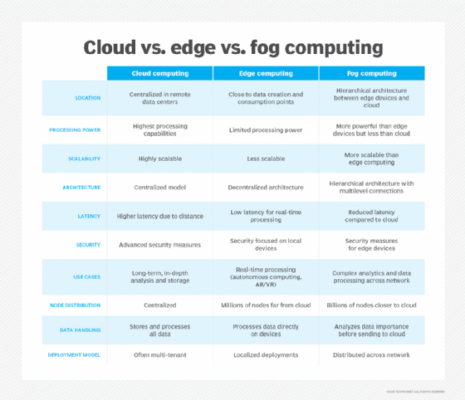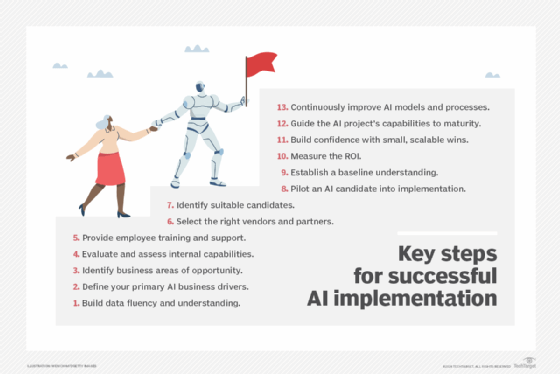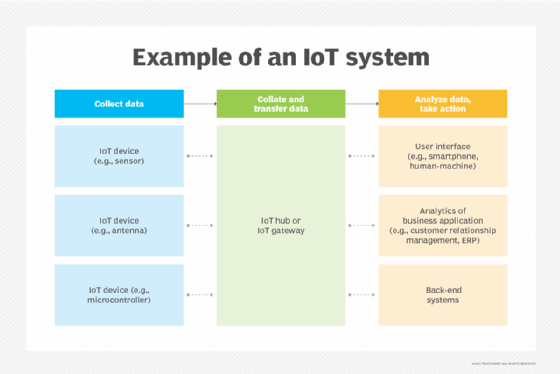5G in the automotive industry: Real-world uses and benefits
Automotive vehicles — from passenger cars to commercial autonomous vehicles — have become intelligent devices, and they rely on increasing amounts of computing power and connectivity to operate. A combination of digital technologies, including machine learning, other types of AI and the internet of things, drives these advances in the automotive industry. Among the […]
Read More10 ways 5G is transforming manufacturing
Modern manufacturing is undergoing significant changes, and many manufacturers believe that fifth-generation, or 5G, cellular connectivity will be critically important to the future success of the industry. Indeed, adoption of 5G technology is now considered the key to the fourth industrial revolution (Industry 4.0), which focuses on improving efficiency and flexibility in manufacturing processes. […]
Read More5G in edge computing: Benefits, applications and challenges
Most telecom experts agree that the future of 5G technology lies in edge computing, in which 5G wireless networks with distributed computing resources are placed near the “edge” of the network or close to where data is generated. The goal of 5G edge computing is to reduce latencies or delays so that organizations can […]
Read MoreWhat is coexistence testing?
Coexistence testing, similar to compatibility testing, measures the ability of multiple devices to interact in a single environment with limited bandwidth. Coexistence tests are usually conducted for wireless devices operating in shared or crowded wireless environments. Importance of coexistence testing As interconnected devices over radio frequency (RF) proliferate worldwide, they must coexist, even if they […]
Read MoreThe differences between cloud, fog and edge computing
Modern distributed computing architectures support significant technological advances, such as AI and smart manufacturing. Each computing model is key to supporting advanced applications that transform the landscape. Digital enterprises have sprawling virtual environments that demand a flexible and resilient infrastructure capable of keeping up with ever-increasing processing and storage requirements. Estimates predict connected devices will […]
Read MoreAI implementation: 13 steps to achieve success in your business
AI technologies are quickly maturing as a viable means of enabling and supporting essential business functions. However, creating business value from artificial intelligence requires a thoughtful approach that balances people, processes and technology. AI takes many forms: machine learning, deep learning, predictive analytics, natural language processing, computer vision and automation. Companies must start with a […]
Read MoreUltimate IoT implementation guide for businesses
The internet of things, or IoT, provides organizations with real-time data and business insights that, when acted upon, can improve processes and operations to be more accurate, efficient and safer. IT administrators, architects, developers and CIOs planning an IoT deployment must clearly understand what IoT is, how it works, its uses, requirements, tradeoffs and how […]
Read MoreWhat is narrowband IoT (NB-IoT)?
Narrowband IoT (NB-IoT) is a wireless internet of things (IoT) standard that uses low-power wide area network (LPWAN) technology. It was developed by the 3rd Generation Partnership Project (3GPP) for connecting IoT devices to established mobile networks. NB-IoT is one of the three main 3GPP LPWAN standards. NB-IoT enables small amounts of infrequent two-way data […]
Read MoreWhat are IoT devices?
Internet of things (IoT) devices are nonstandard computing hardware — such as sensors, actuators or appliances — that connect to a wired or wireless network to transmit data. IoT extends internet connectivity beyond desktop computers, laptops, smartphones, tablets and other typical computing devices. It lets a range of traditionally non-internet-enabled devices and everyday objects connect […]
Read MoreWhat is IoT security?
IoT security is the technology segment focused on safeguarding connected devices and networks in the internet of things. IoT involves adding internet connectivity to a system of interrelated computing devices, mechanical and digital machines, objects, animals and people. Each thing has a unique identifier and the ability to automatically transfer data over a network. However, […]
Read More











